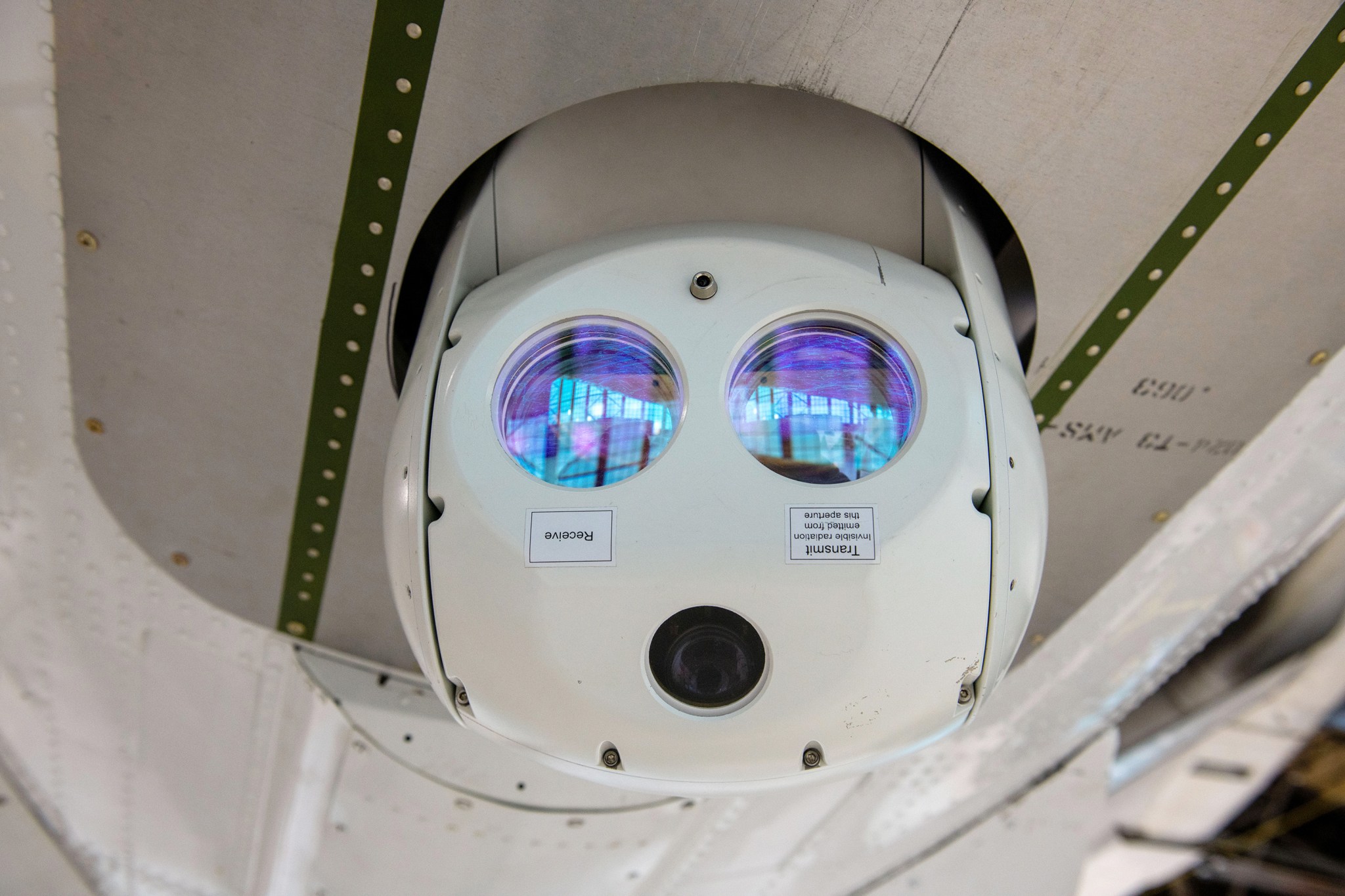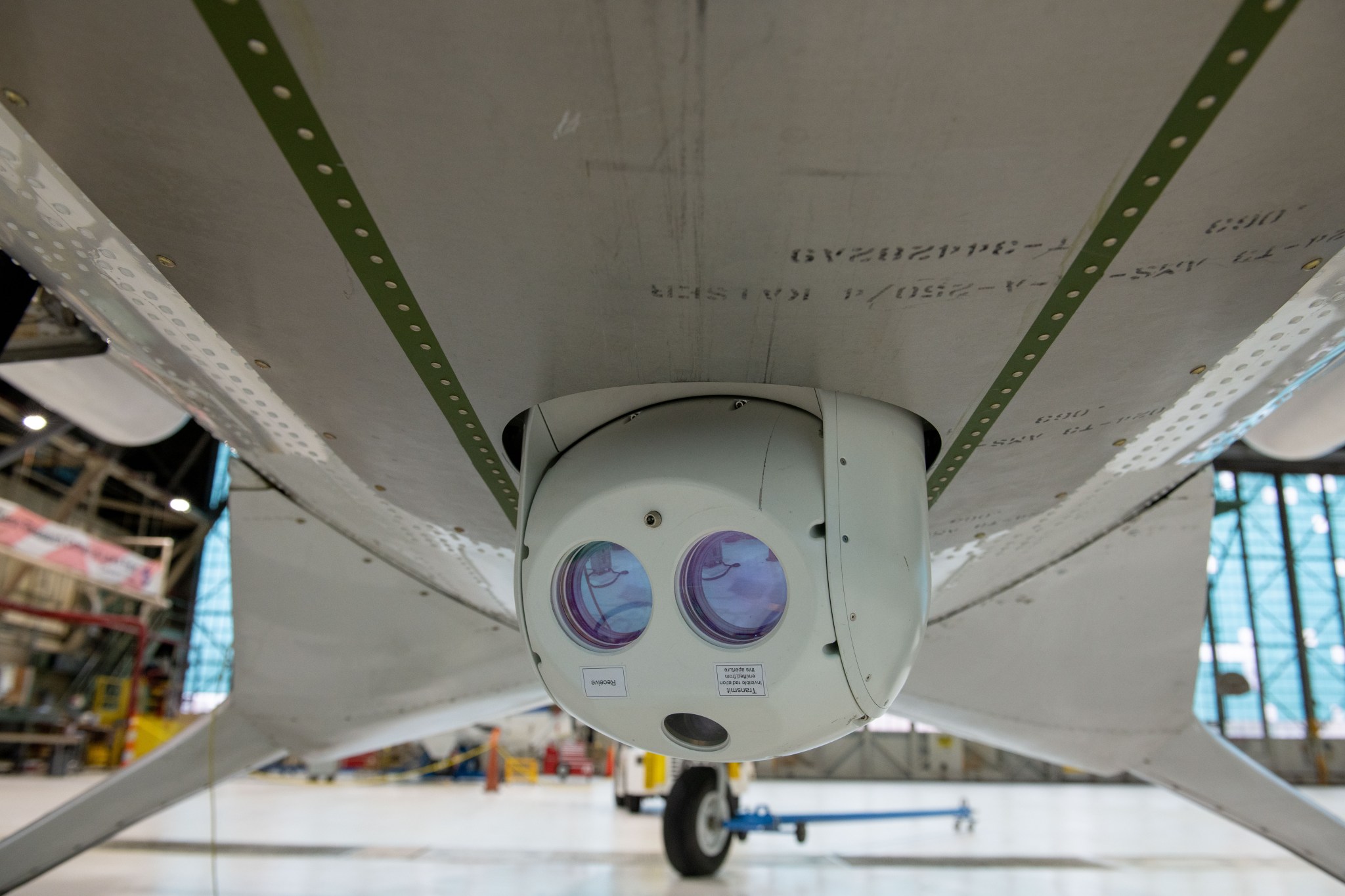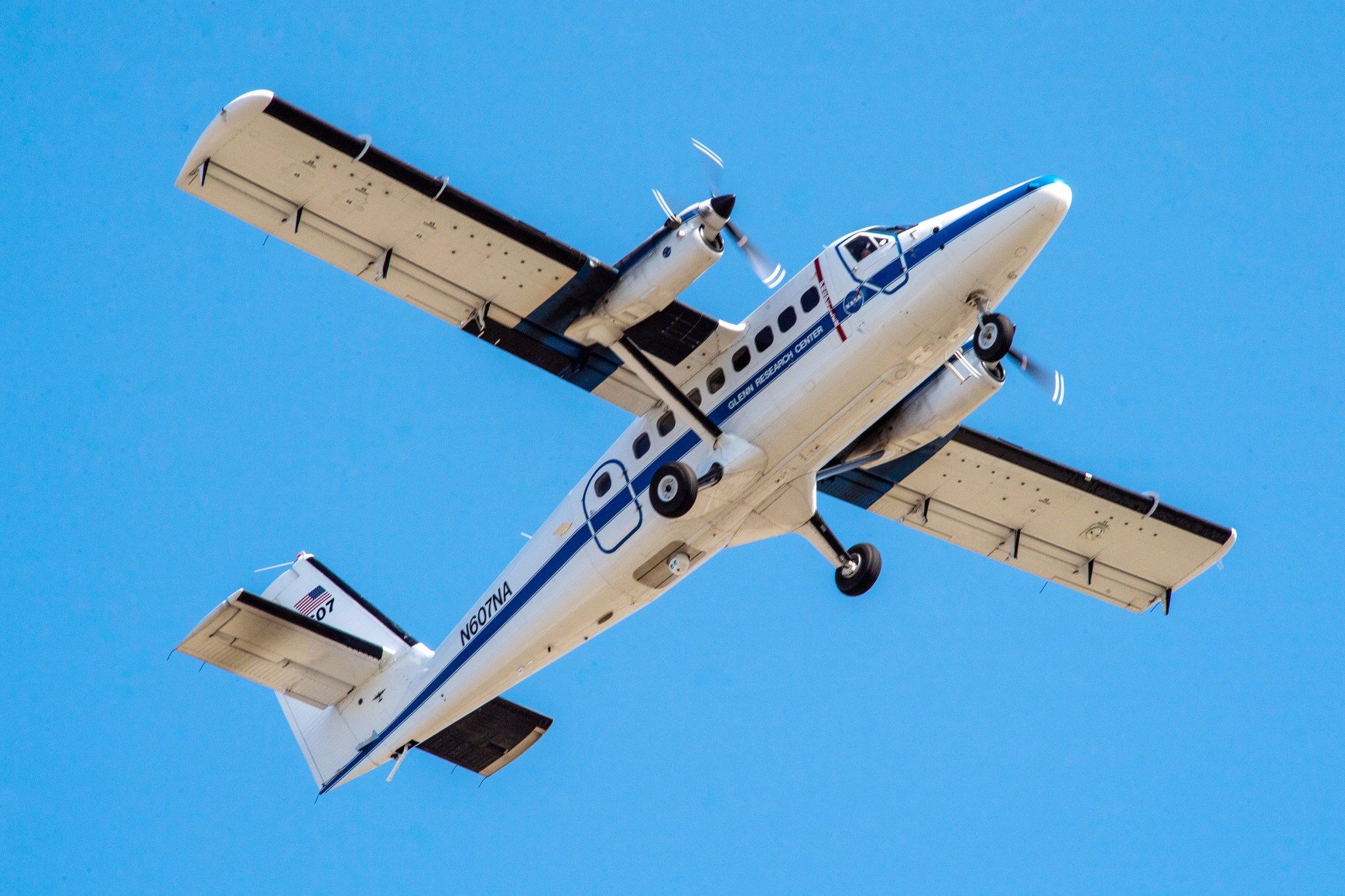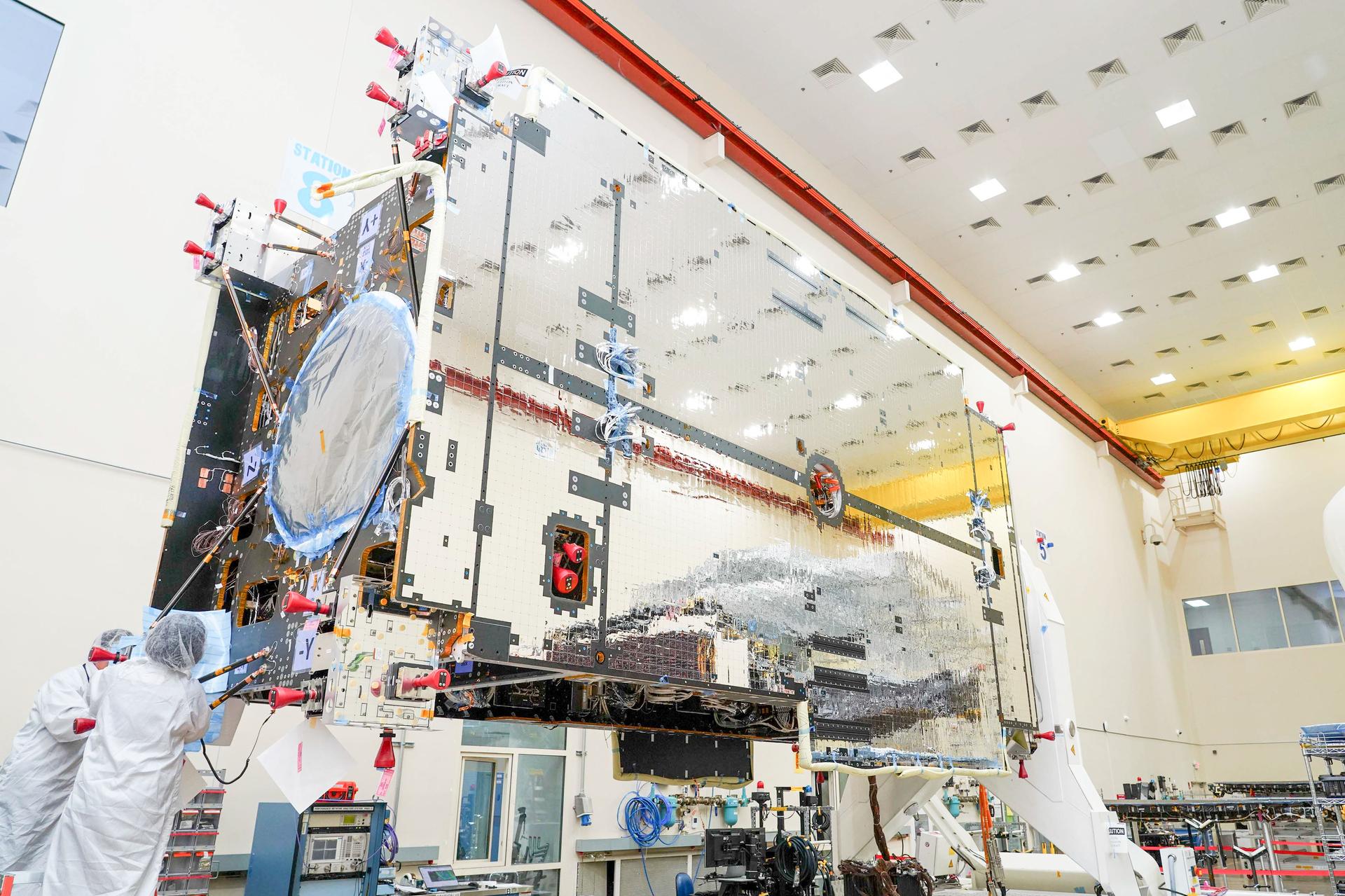On the underbelly of a Twin Otter research aircraft, a laser communication device stares out into the open skies over Cleveland. It’s not a camera taking images, but rather has eyes only for particular optical communication frequencies forming the foundation to a quantum key distribution (QKD) system being tested at NASA Glenn Research Center for use on unmanned aircraft (UA).
The number of UA in the national airspace is growing and their ability to communicate with ground operators and each other is critical to a safe environment. But the increase in traffic is leading to an increase in communications disruptions because too many vehicles are trying to use the same limited number of frequencies.
QKD, the device pictured above, uses specialized laser and photon detector technology to enable UA to exchange encryption keys to communicate on extremely secure radio frequency channels. In addition, an optical channel provides a high data rate communication link for high bandwidth applications.
The QTech (Quantum Technologies) project, a partnership of Glenn and NASA’s Ames Research Center, along with New York’s Air Force Research Laboratory and IJK Controls LLC, is attempting to harness the power of quantum technologies to ensure communication availability and address potential cybersecurity challenges.
The laser communication hardware attached to the aircraft has performed successfully in aircraft flight tests, and researchers hope to continue advancing state-of-the-art QKD technology focusing on simulated UA flight applications in a variety of environments.
































